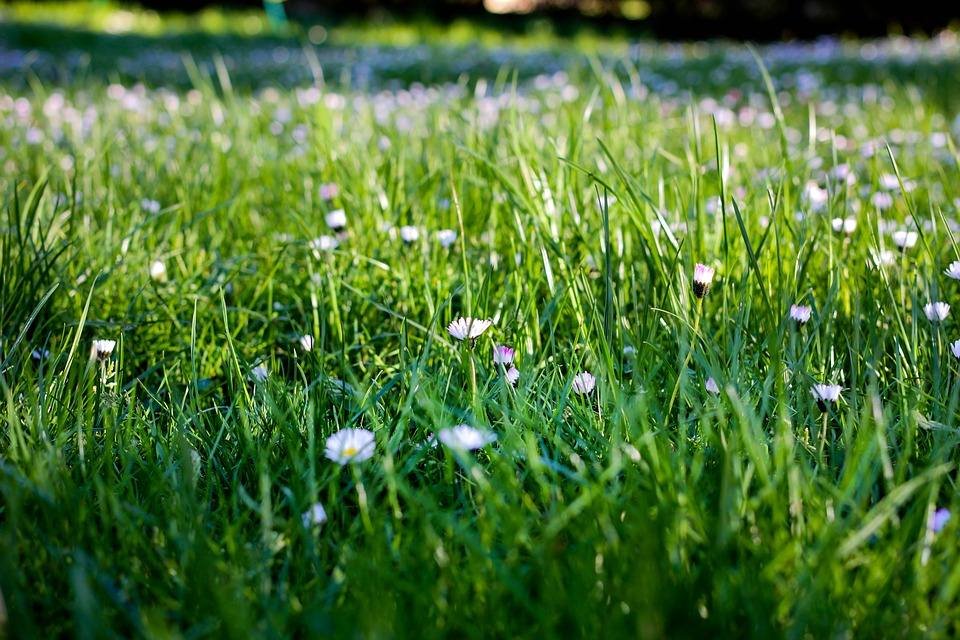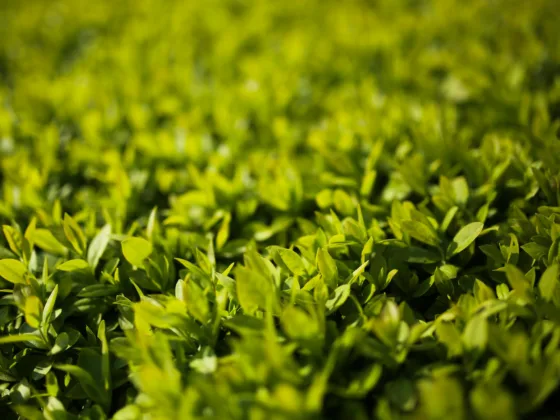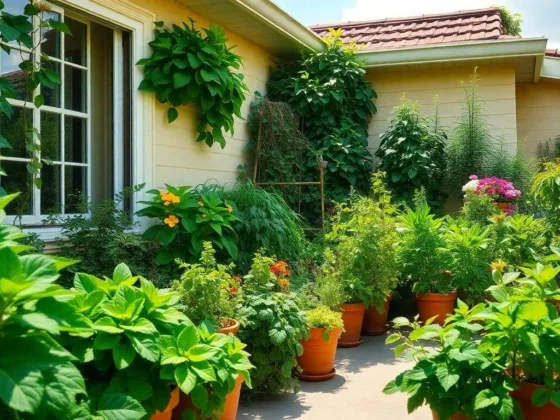Table of Contents Show
Many people want to sink their feet into radiant and lush grasses all year round in Oklahoma. But no one wants to feel the ivy strings, fuzzy dandelions, and coarse clovers that can hurt the toes instead.
Read more about weed control when you click here.
And when a homeowner realizes that there’s a bull thistle hidden among the grasses, they tend to see more. These unwanted plants tend to multiply until the problem becomes significant.

Luckily, there are a lot of strategies that one can do to get rid of the weeds and boost the health of their lawn turf.
It is important to note that taming the lawn can be a daunting task at first, but it’s all about keeping the soil and the plants as healthy as possible.
Read Also:
- Garden Weeds Identification, How to Get rid of Weeds in Grass
- How to Do Landscaping Right in Winter, Spring, Summer or Fall
- 7 Crucial Tips in Picking the Right Grass Seed for Your Lawn
- How to Make the Neighbor’s Jealous of Your Lawn
- 5 Basic Lawn Care and Maintenance Tips
- 5 Ways to Maintain Your Garden Healthy
- 9 Reasons You Should Start Gardening
- How to Get a Lush Green Lawn?
What You Can Do
Prevent Weeds
The best way to get rid of these plants is prevention. There are varieties of grasses, and each of them needs to be cut in their ideal height so that they can grow healthy and strong.
When the cut is not lower than the excellent height range, and you prevent it from getting too long, the result is that the grasses can usually compete and oust the weeds.
Ensuring that you water and fertilize them regularly can also be beneficial. Long grasses can prevent weed growth because they throw shadows on the ground.
They keep the soil fresh, which retards the seed germination of many dandelions. Even if the seeds do sprout, they won’t have enough light to grow hardy.
Some charts show the ideal cuts and heights of each grass type. If you are unsure of what’s on your lawn, you can cut turf and show it to your local garden center in Oklahoma City.
You can also get valuable information on sites such as https://www.reedlawncarellc.com/ when it comes to managing your lawn. The staff in many garden centers can usually help you identify the kind of grass that you have.
Kill the Weeds using Pesticides

Killing oxalis or the common ragweed can be tricky business. You need to know what kind of weeds you are dealing with. You can get trigger-control sprayers when you spot a ground ivy or purslane.
You can add water and herbicides to the sprayer for more pressure. Tank sprayers are best when you use it on clumps of thistles.
When you notice that lawn weeds are out of control, you can use a dial sprayer for them. It is essential to choose a treatment that will take care of the plants and the stages they are at.
If you plan to target those that can grow before spring, you may need a pre-emergent herbicide.
Pre-Emergent Herbicides
This works by preventing the germination of the seeds so that they won’t become sturdy even if they grow.
They can act as prevention and spot-treatments in areas where patches of dandelions or crabgrass are plenty. You can spray them during summer or winter, which are usually the dormant seasons.
Post-Emergent Herbicides
These work well by killing the plants that are already growing. The herbicide interrupts the photosynthesis and the chemical processes, which, in turn, inhibit the root growth.
These are the best when you apply them on actively growing plants in the fall season. The herbicides can go down to the roots, where it will be more effective in killing the entire weed.
Selective Herbicides
These targets only certain kinds of plants. This is dependent on the plant’s chemicals and other specific enzymes that are present on a particular weed.
Most homeowners may frequently see herbicides that are uniquely designed to target strappy-leafed plants or monocots or broadleaf plants such as dicots.
Kill Perennials One by One
Some common garden weeds and the quick grass varieties are one of the most extensive and most known weeds to come back and spread on your lawn year after year.
They can spread through the underground systems, and they broadleaf herbicide killers don’t affect them. It is important to note that pulling can only get some and not all of the roots.
The remaining ones will sprout new plants quickly.
The only practical solution is to apply non-selective killer types. They might not be the best option since they’ll kill everything in a specified area of your lawn, but they can be a long-term solution for your problem.
Another thing that you can do is to wear cheap gloves over the plastic to protect your skin. Dip the gloves with the solution and grab the blades to apply the herbicides.
You should not worry about coating the entire leaf as a small amount of herbicide will be absorbed into the roots and kill the weed.









